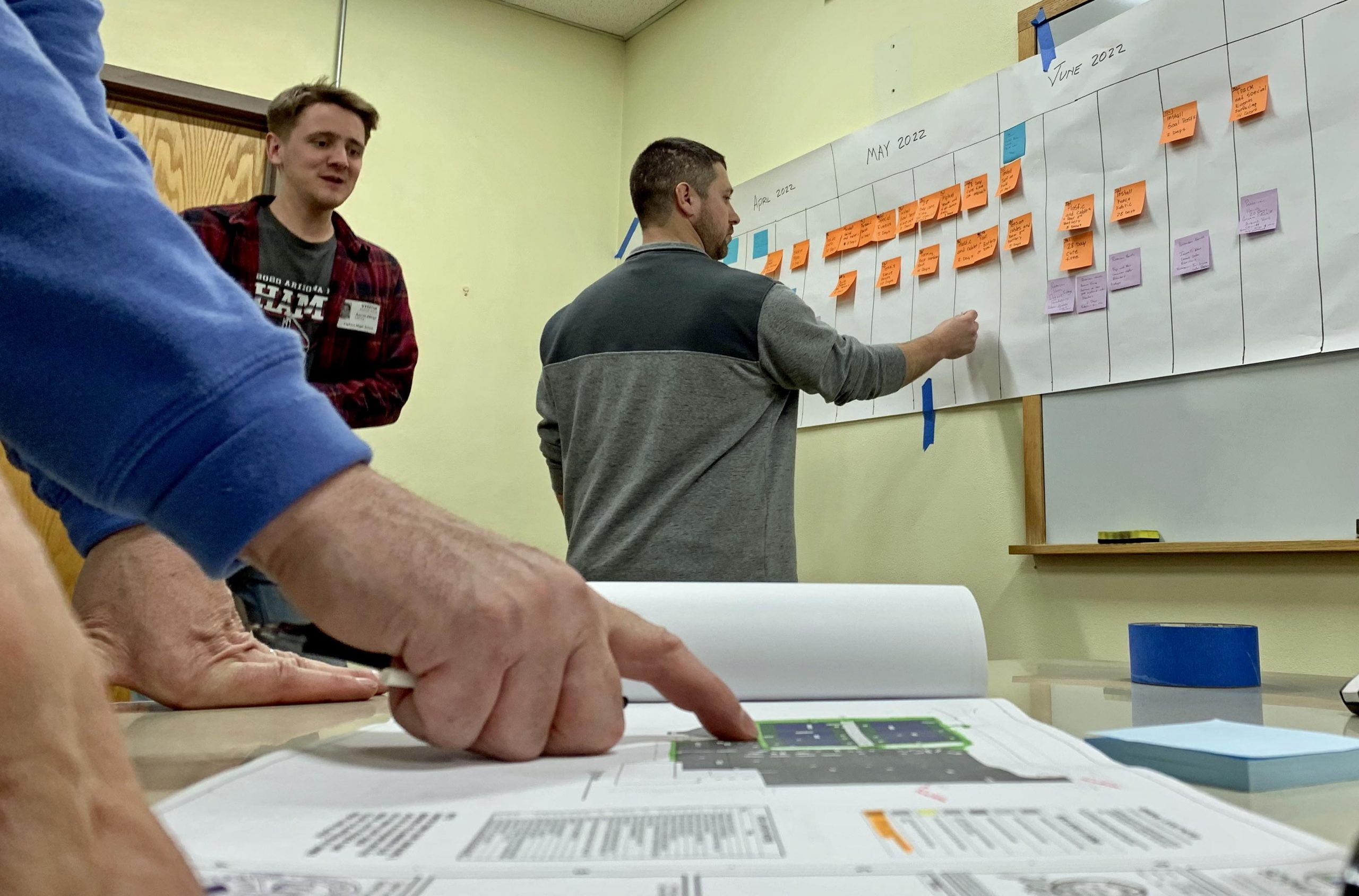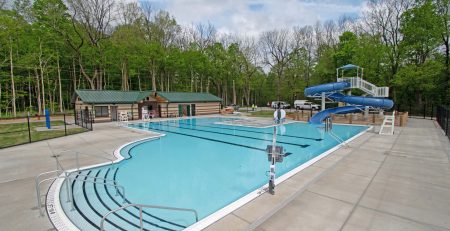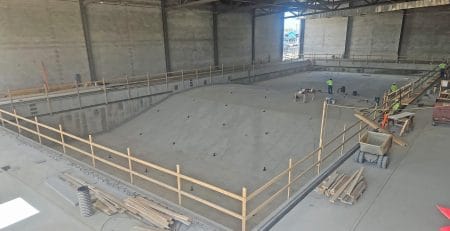Pushing For Pull Planning
Obviously, our company didn’t invent schedule pull planning; but we sure believe in the innumerable benefits the practice provides.
Bringing everyone to the table before the first shovel hits the dirt adds a level of clarity that you simply can’t glean from staring at schedules and plans. Don’t misunderstand this, though, schedules and plans are the foundation of these meetings.
“Identifying and addressing that issue today easily saved us potentially a month of delays,” said Jeff Pratt, RLTurner Project Manager.
It’s the visualization, however, that makes the project become real. Taking an old-school approach by creating an oversized calendar, and having all the prime contractors vying to place their tasks—written on post-it notes—creates an exercise in courtesy in its own right, one that reflects the intricate ballet of the future job site. It doesn’t take long for everyone to begin to see how each company’s work overlaps with others, both in terms of the project timeline and literally when and where their crews will be butting into each other.
“I’d seen this approach at other job sites, and I could really tell that it was an effective approach,” said Aaron Albright, RLTurner Project Engineer, who advocated for the approach. “I knew on our next new project that I really wanted to push to add this to our toolbox.”
Let’s take a recent pull plan meeting that focused on a school’s outdoor facilities. Tennis court installation needed to happen in concert with parking lot paving, curbs, and sidewalks. Meanwhile, all these activities go hand-in-hand with excavation.
A stack of multi-colored post-its on the calendar dramatically illustrated the bottleneck that was guaranteed to happen if everyone wasn’t on the same page. So, everyone gathered around the wall calendar and began talking.
Ah, talking. In person. Something we all don’t do nearly as often as we should.
The result of the face-to-face, in-depth conversation was that each company’s scope of work became clear. No nasty emails were sent; no angry emojis were texted.
The tennis court contractor altered the sequence in terms of which courts would be installed first. The general trades contractor working on the curbs and sidewalks agreed to cover their concrete with plastic to keep tennis court chemicals from discoloring the concrete.
The excavator then pointed out that if a ramp could be built on the outside perimeter of the tennis courts, heavy equipment could enter the worksite at a different spot, and much of the work could happen simultaneously without interference.
The post-it notes spread out, the workflow snarl untangled, and every contractor was happy with the outcome. And more importantly, it eliminated a job-site headache before it had a chance to fester, cause heartburn between contractors, and delay the project.
“Identifying and addressing that issue today easily saved us potentially a month of delays,” said Jeff Pratt, RLTurner Project Manager.














